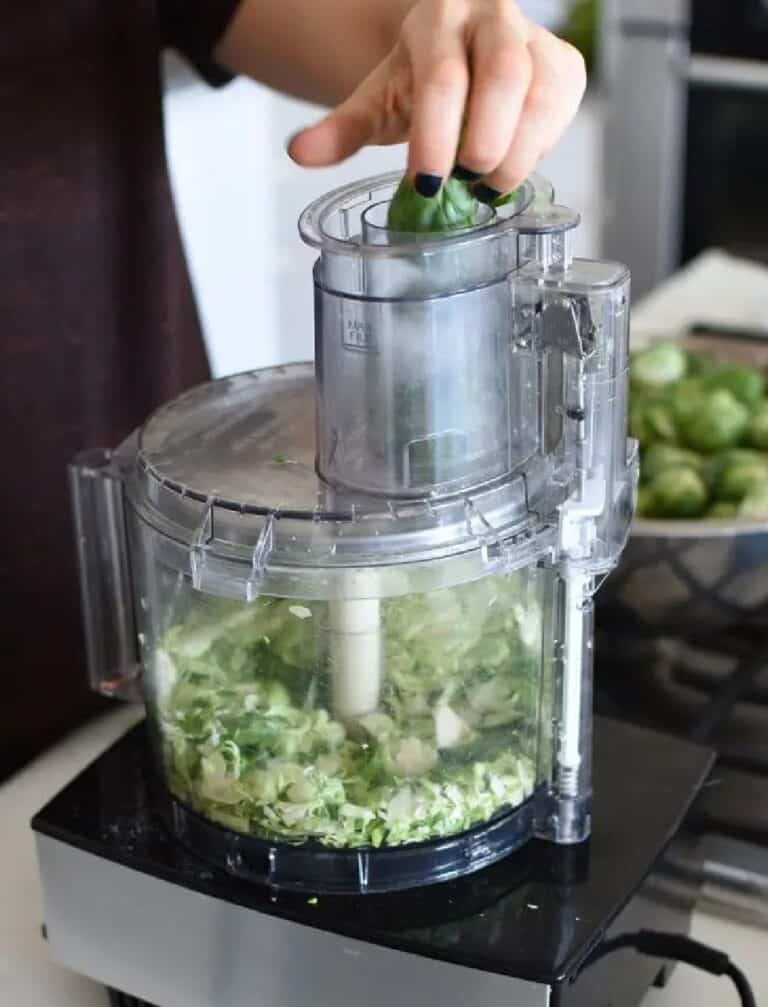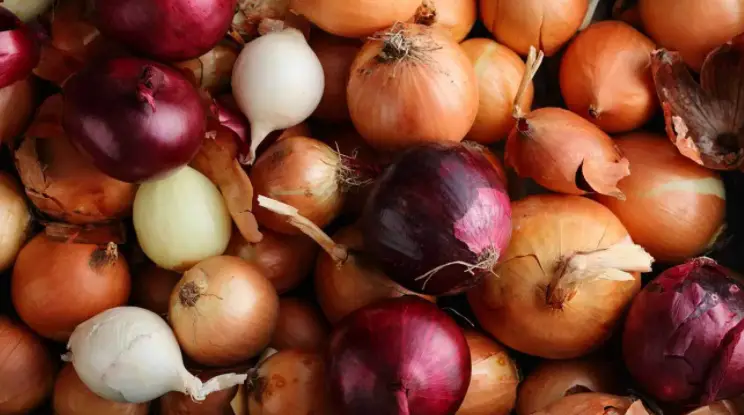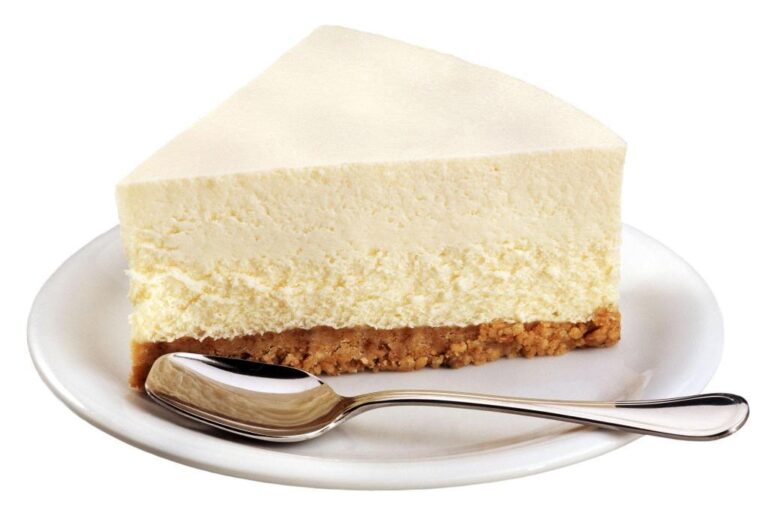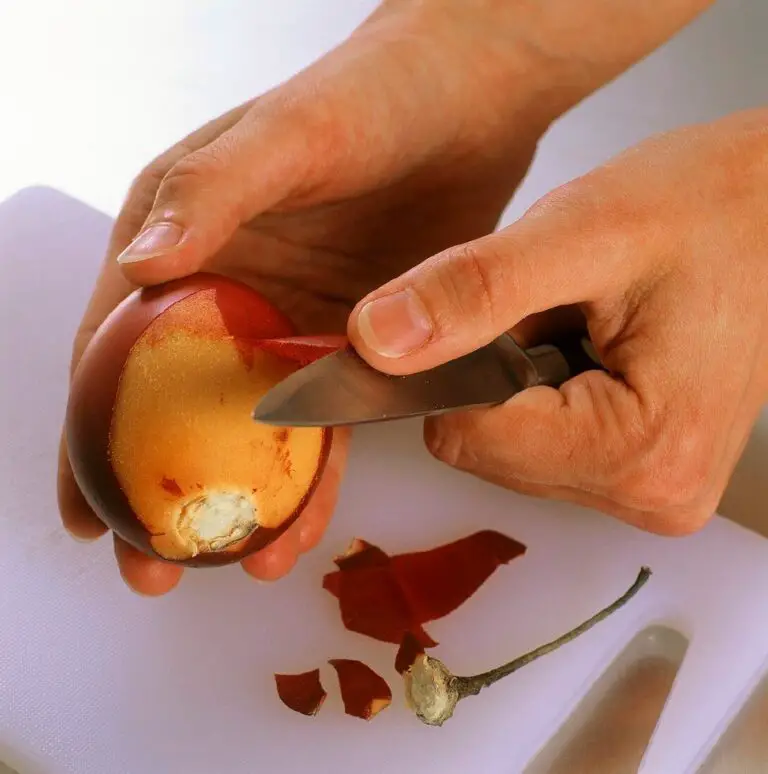Why Your Pad Thai Might Taste Like Ketchup? Reasons and Fixes Revealed
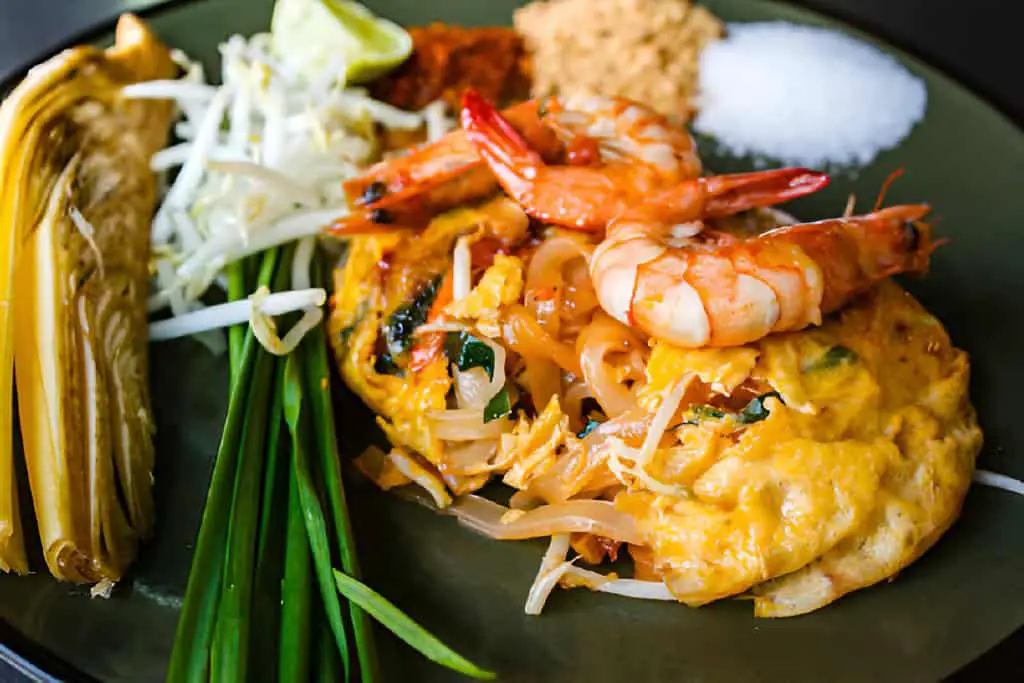
Pad Thai, a beloved street food originating from Thailand, has become a global sensation. Known for its tantalizing mix of sweet, sour, salty, and umami flavors, it’s a dish that’s hard to resist. Yet, some people notice a peculiar taste reminiscent of ketchup in their Pad Thai.
This article delves into why Pad Thai sometimes tastes like ketchup. It explores the ingredients, cooking methods, and cultural variations that cause this.
Understanding Traditional Pad Thai
Ingredients of Authentic Pad Thai
Traditional Pad Thai is a stir-fried noodle dish made with rice noodles, eggs, tofu, and often shrimp or chicken. It’s flavored with tamarind paste, fish sauce, dried shrimp, garlic, shallots, red chili pepper, and palm sugar. It’s usually garnished with peanuts, lime wedges, and fresh bean sprouts.
| Ingredient | Flavor Profile |
| Rice Noodles | Mild, slightly chewy |
| Tamarind Paste | Tangy, sour |
| Fish Sauce | Salty, umami |
| Palm Sugar | Sweet, caramel-like |
| Dried Shrimp | Umami, slightly briny |
| Garlic and Shallots | Savory, aromatic |
| Red Chili Pepper | Spicy |
| Peanuts | Nutty, crunchy |
The Essence of Pad Thai
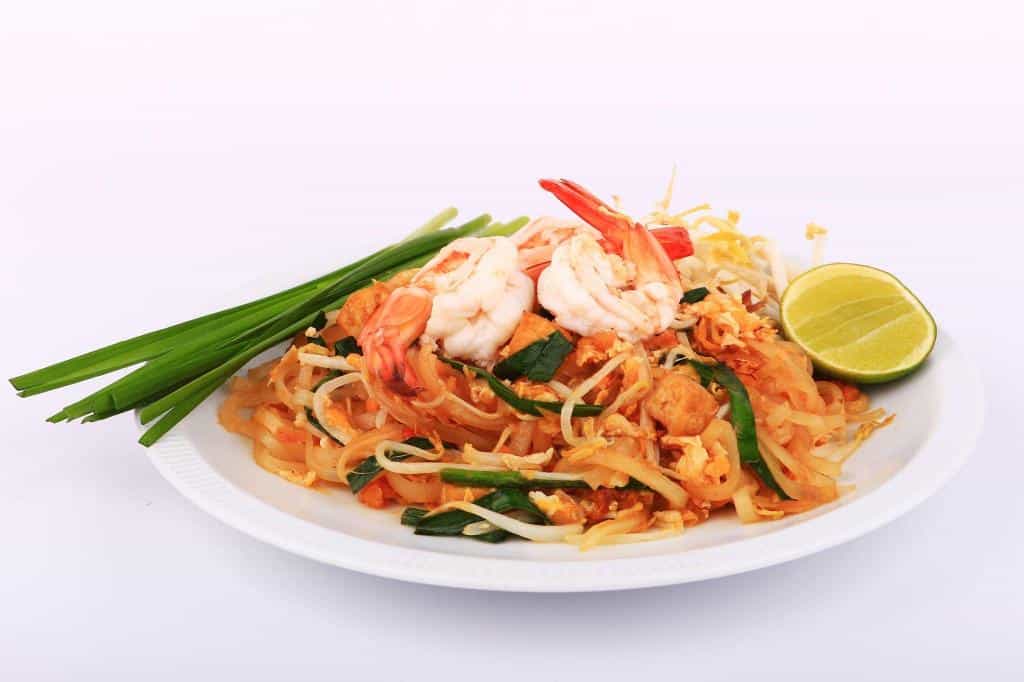
The key to authentic Pad Thai lies in its balance of flavors and the freshness of its ingredients. The dish is a harmonious blend of sweet, sour, salty, and spicy, achieved by carefully balancing the tamarind, fish sauce, palm sugar, and chili. This intricate balance is what makes Pad Thai such a delightful and complex dish.
Why Does Pad Thai Taste Like Ketchup?
The Role of Tamarind
Tamarind paste is key in Pad Thai. It provides the tangy flavor that balances the dish’s sweet and salty tastes. Tamarind is a tropical fruit with a sour-sweet taste, and it’s responsible for the characteristic tanginess of Pad Thai.
Substitution of Ingredients
In some regions outside Thailand, authentic ingredients like tamarind paste can be challenging to find. As a result, cooks may substitute tamarind with more accessible ingredients, such as ketchup.
Ketchup, which contains vinegar, sugar, and tomatoes, can mimic the tangy and sweet notes of tamarind. However, this substitution often results in a flavor profile that’s reminiscent of ketchup.
Umami Flavors
When exploring the intriguing similarity in taste between Pad Thai and ketchup, you cannot overlook the rich umami flavors. Both dishes deliver them. Umami is the fifth taste, along with sweet, sour, salty, and bitter. It plays a key role in adding depth and complexity to these distinct culinary creations.
The savory intensity that lingers on your palate after a bite of Pad Thai or a dollop of ketchup is attributed to this umami factor.
One key element that might contribute to the shared umami taste in Pad Thai and ketchup is monosodium glutamate (MSG). While often stigmatized in Western cuisines, MSG is widely used in Asian cooking to enhance umami flavors. Both Pad Thai sauce and ketchup may contain MSG or ingredients rich in glutamates. These make their savory flavors stronger and create an unexpected overlap in flavor between the two condiments.
Convenience and Cost
Another reason for the use of ketchup in Pad Thai is convenience and cost. Ketchup is easy to find and cheap. It is a practical substitute in home kitchens and some restaurants. However, this can lead to a significant departure from the traditional taste of Pad Thai.
Western Influence
As Pad Thai has spread globally, it has undergone numerous adaptations to suit local palates. In the West, using ketchup as a tamarind substitute has become more common. This is especially true in fast food and take-out. This adaptation caters to Western tastes and ingredient availability. But, it results in a flavor that’s different from the authentic Thai version.
How to Avoid Ketchup-Tasting Pad Thai
Seek Authentic Recipes
To experience Pad Thai as it was meant to be, seek out authentic recipes that use traditional ingredients. Look for recipes that emphasize the use of tamarind paste, fish sauce, and palm sugar.
Shop at Asian Markets
Visit Asian grocery stores to find authentic ingredients. You can usually find tamarind paste, fish sauce, and palm sugar in the Asian section of big supermarkets. You can also find them in specialty Asian markets.
Make Your Own Tamarind Paste
If you can’t find tamarind paste, you can make your own by soaking tamarind pulp in warm water and straining out the seeds and fibers. This homemade paste will provide the authentic, tangy flavor that is essential to Pad Thai.
Taste and Adjust
When making Pad Thai, taste as you cook and adjust the seasoning to balance the flavors. Authentic Pad Thai should have a harmonious blend of sweet, sour, salty, and spicy. If you find the dish too sweet or tangy, adjust the palm sugar or tamarind paste accordingly.
Authentic Homemade Pad Thai Recipe
To help you make authentic Pad Thai at home, here’s a simple recipe that stays true to its Thai roots.
Ingredients
| Ingredient | Quantity |
| Rice noodles | 8 oz |
| Tamarind paste | 3 tbsp |
| Fish sauce | 3 tbsp |
| Palm sugar | 2 tbsp |
| Dried shrimp | 1 tbsp |
| Garlic (minced) | 2 cloves |
| Shallots (sliced) | 2 |
| Eggs | 2 |
| Tofu (cubed) | 4 oz |
| Shrimp (optional) | 8-10 |
| Bean sprouts | 1 cup |
| Chopped peanuts | 1/4 cup |
| Lime wedges | For serving |
| Red chili pepper | To taste |
| Oil | For frying |
Instructions
- Soak the Rice Noodles: Soak the rice noodles in warm water for about 30 minutes until they are soft but not mushy. Drain and set aside.
- Prepare the Sauce: In a small bowl, combine tamarind paste, fish sauce, and palm sugar. Stir until the sugar is dissolved.
- Cook the Aromatics: Heat oil in a large pan or wok over medium heat. Add garlic and shallots, and cook until fragrant.
- Add Protein: If using shrimp, add them to the pan and cook until they turn pink. If using tofu, add and cook until golden brown.
- Scramble the Eggs: Push the aromatics and protein to one side of the pan. Crack the eggs into the empty space and scramble until just set.
- Combine Ingredients: Add the soaked noodles to the pan, followed by the tamarind sauce. Toss everything together until the noodles are coated in the sauce.
- Add Bean Sprouts and Peanuts: Stir in bean sprouts and chopped peanuts, and cook for another minute or two.
- Serve: Serve hot with lime wedges and additional chili peppers on the side.
Read: Fish Sauce Substitute for Pad Thai
Can You Buy Pad Thai Sauce?
You can buy Thai sauce in the US from “Thai Kitchen” which sells an original, gluten-free Pad Thai sauce that you can use for different dishes. “Thai Kitchen” can be found at your local Walmart, at Albertsons, Instacart, or on Amazon.
You can also buy original Pad Thai sauce in most Asian supermarkets, along with the other ingredients that you need for this dish. Or you can make it yourself at home, with just a few ingredients.
Ideally, use a mix of oyster sauce and tamarind paste to make Pad Thai sauce. But, if these are hard to find (depending on your location), you can also use brown sugar, fish sauce, 1 lime (or lemon), and ketchup. As you can see from in this video bellow.
Conclusion
Pad Thai represents the perfect combination of Thai gastronomy’s four primary flavors: sweet, bitter, salty, and sour. The real name of this dish is kway teow pad thai. The first two words are of Chinese origin and translate as rice noodles, and the Thai term pad or pat translates as a stir fry.
We serve the pad thai on a large plate or on individual plates. We garnish it with fresh coriander leaves, bean sprouts, chopped peanuts, chives, and a lime wedge.
Our recommendation is this: when buying Pad Thai sauce, choose reputable options or go to the source. The source is the Asian market in your town. Otherwise, it is simple to cook your own Pad Thai sauce at home and you will need just a few ingredients that you can easily find in your local supermarket.

